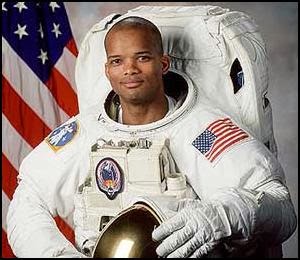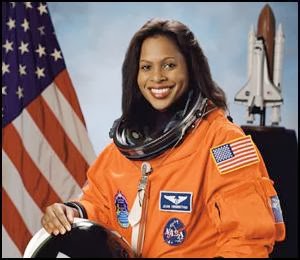"If we're to be anything other than smooth dinosaurs who evolve, specialize and die, we need the stars" ... Octavia Butler, Parable of the Talents, 1998
Yesterday's anniversary:
On Feb. 15, 2013, a 65-foot-wide (20 meters) asteroid detonated in the skies over the Russian city of Chelyabinsk, causing millions of dollars of damage and injuring 1,500 people. The dramatic event served as a wake-up call, many scientists say, alerting the world to the dangers posed by the millions of space rocks that reside in Earth's neck of the cosmic woods.
"These types of events are no longer hypothetical," David Kring, of the Lunar and Planetary Institute in Houston, said in December at the annual fall meeting of the American Geophysical Union (AGU) in San Francisco. "We've been up here talking about these types of things for years, but now the entire world understands that they can be real."
Mike Wall, Senior Writer, Space.com
Being a veteran of the era of "duck and cover" (and, the complete knowledge of its uselessness), I am pleased some are thinking at least instead of "Mutually Assured Destruction" (M.A.D.): Mutually Assured Survival.
A possible way to address via retooling:
The most destructive weapon humanity has ever developed could help our species avoid going the way of the dinosaurs.
Pretty much any asteroid that poses a threat to Earth can be blasted out of the heavens using a nuclear bomb, even with warning times of a week or less, say a team of scientists who have been developing the idea.
"We have the solution, using our baseline concept, to be able to mitigate the asteroid-impact threat, with any range of warning," Bong Wie, of Iowa State University, said Feb. 6 at the 2014 NASA Innovative Advanced Concepts (NIAC) meeting at Stanford University.
A very real threat
Wie presented his team's latest findings nearly a year to the day after a previously undetected 65-foot-wide (20 meters) space rock detonated in the skies above the Russian city of Chelyabinsk, injuring 1,500 people.
He and many other researchers regard the Feb. 15, 2013 Russian meteor explosion— which took locals and scientists alike by surprise — as a wake-up call about the threat Earth faces from incoming space rocks.
"A couple of years ago, I had to use the dinosaur example to justify our research," he said, referring to the asteroid impact that wiped out the giant reptiles 65 million years ago. "Now, that's no more — we had this major event."
How Nuclear Bombs Could Save Earth from Killer Asteroids
Mike Wall, Senior Writer, Space.com
















